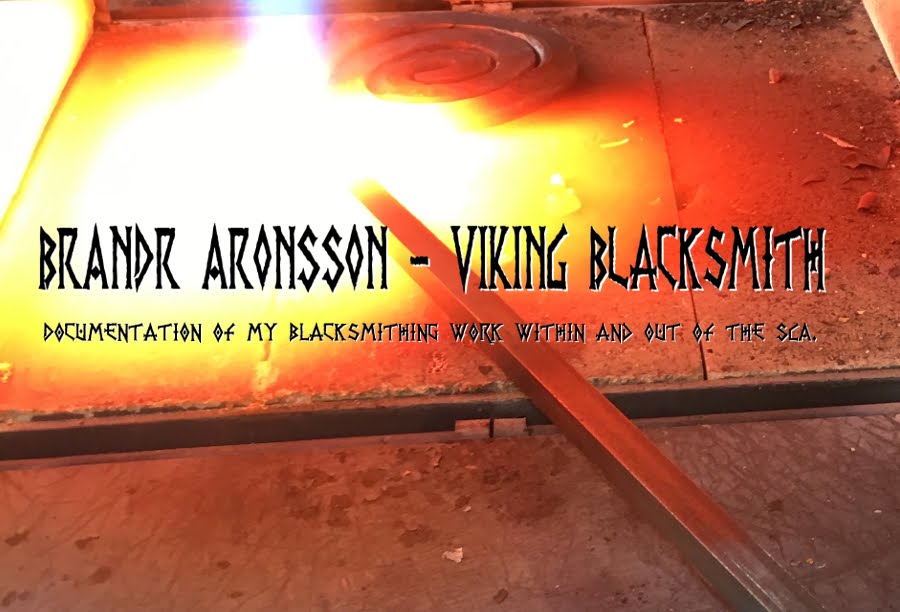Needle Pendant
While we were at the holiday fair this past December a very nice woman
came to the booth and inquired whether or not i could make a needle
pendant for her. I thought she just wanted a representation of a needle,
but I was mistaken. She showed me a photo of an actual needle pendant.
I said of course, because you always say of course. Though to be honest
I didn't think it would be too hard to make.
I already had some nice 3/16th stainless steel round which i had been
making various items out of so i began with that. The most difficult part
was drifting a hole in the flat, creating the "Needle Eye" without
ripping it to shreds. The first one was an epic fail. The second one
was less so.






















































